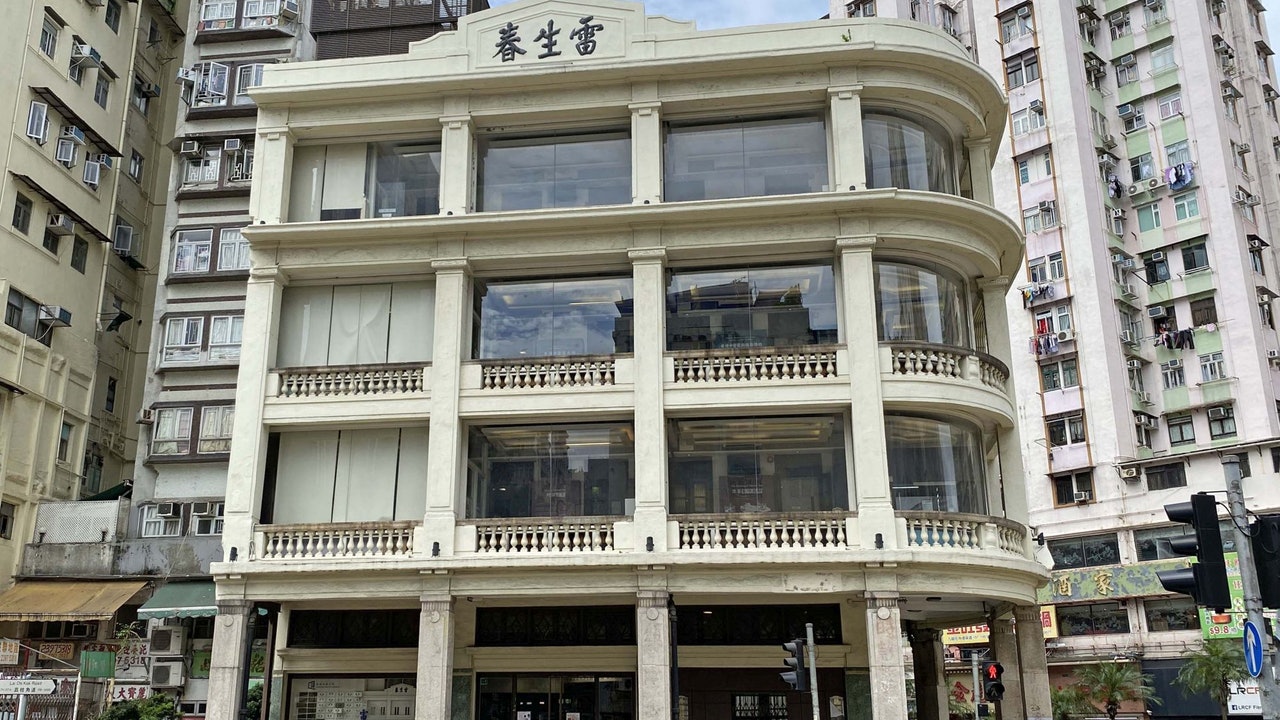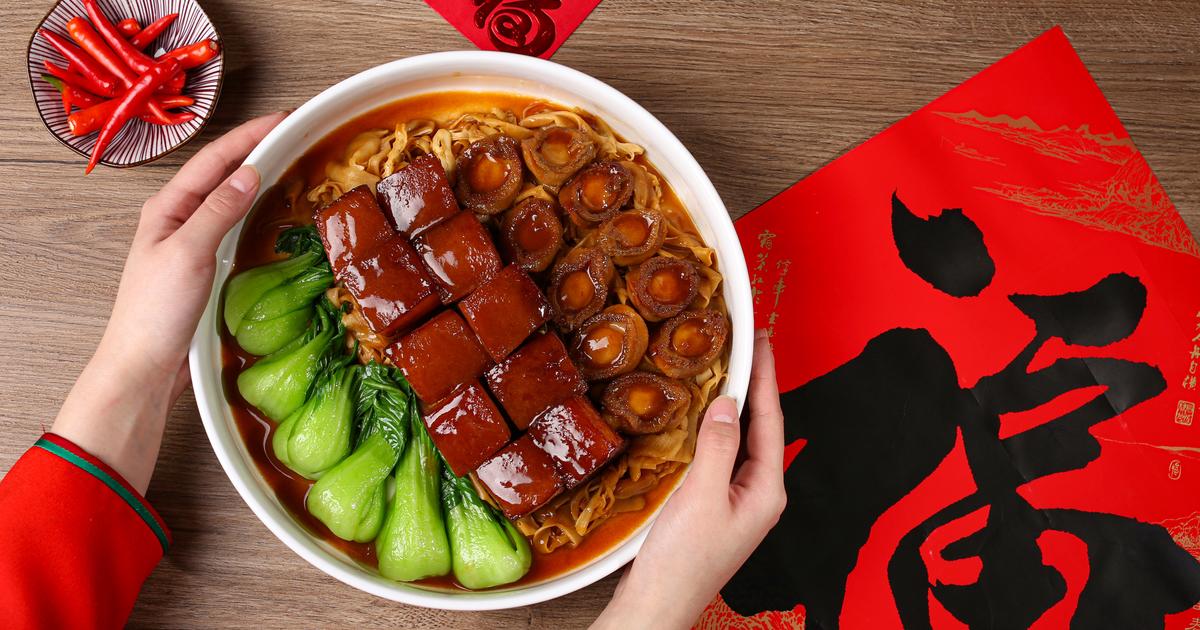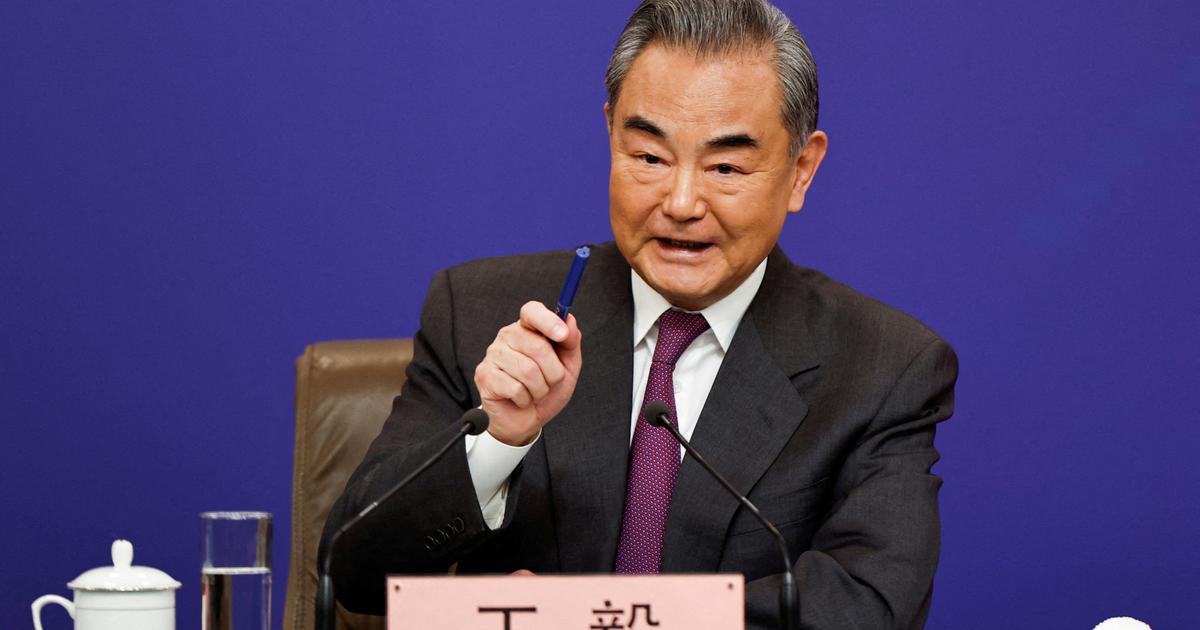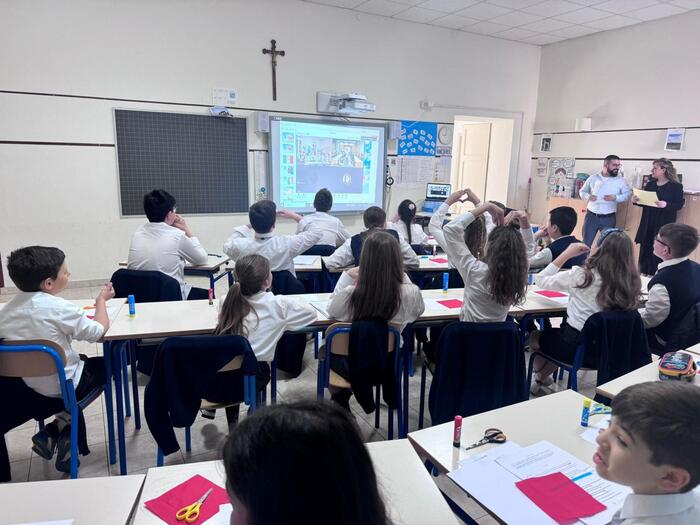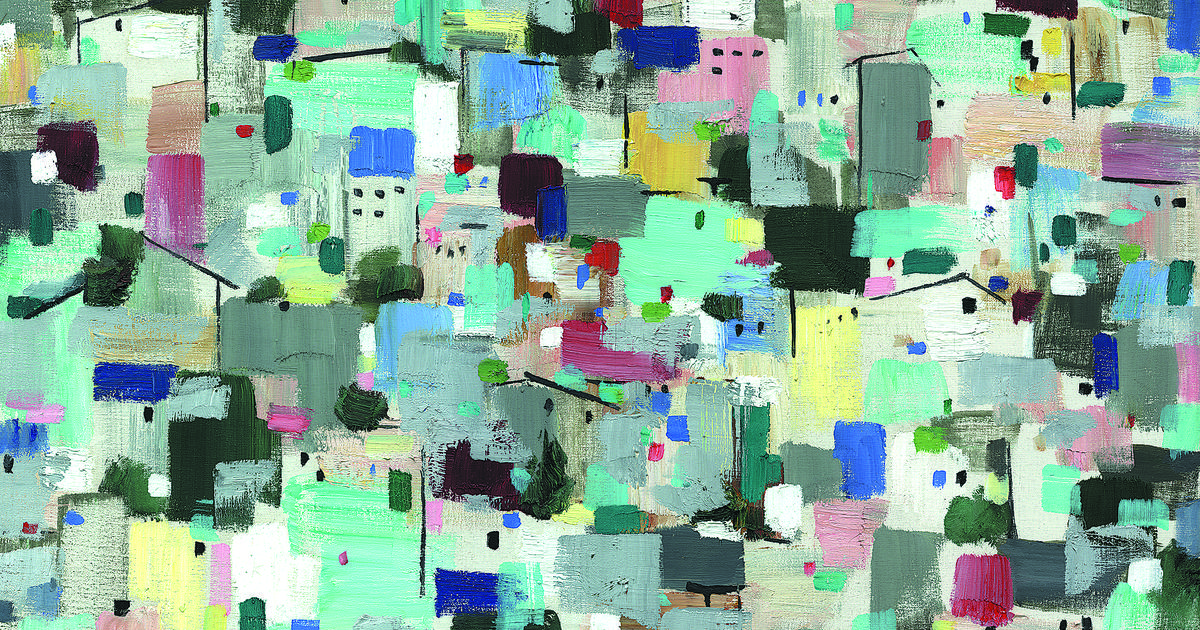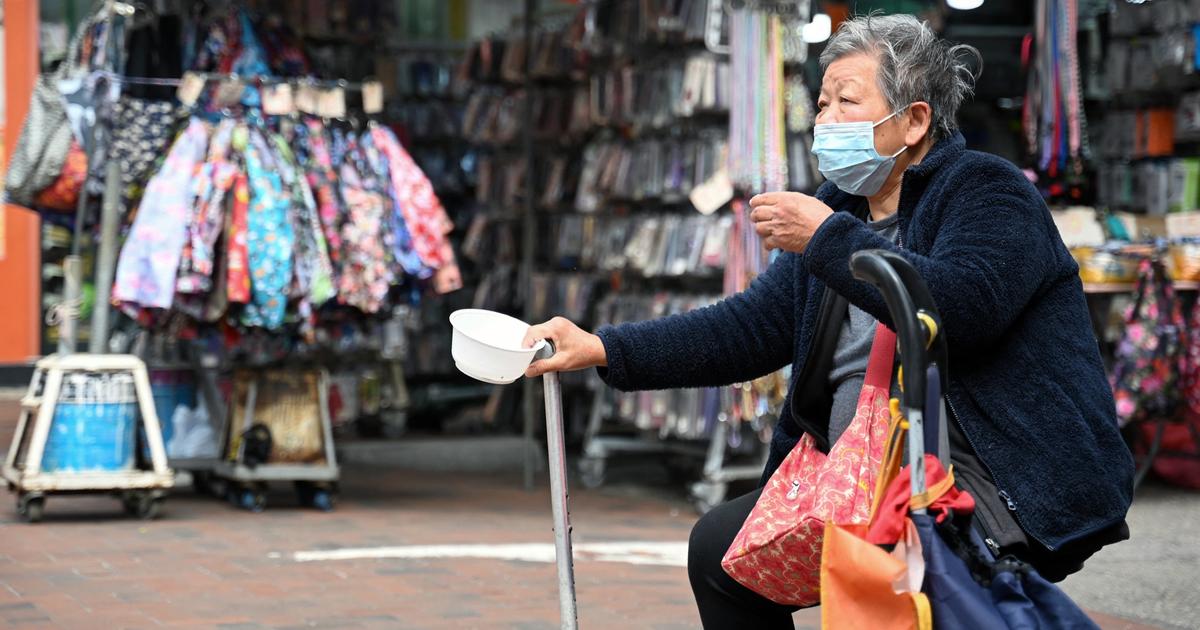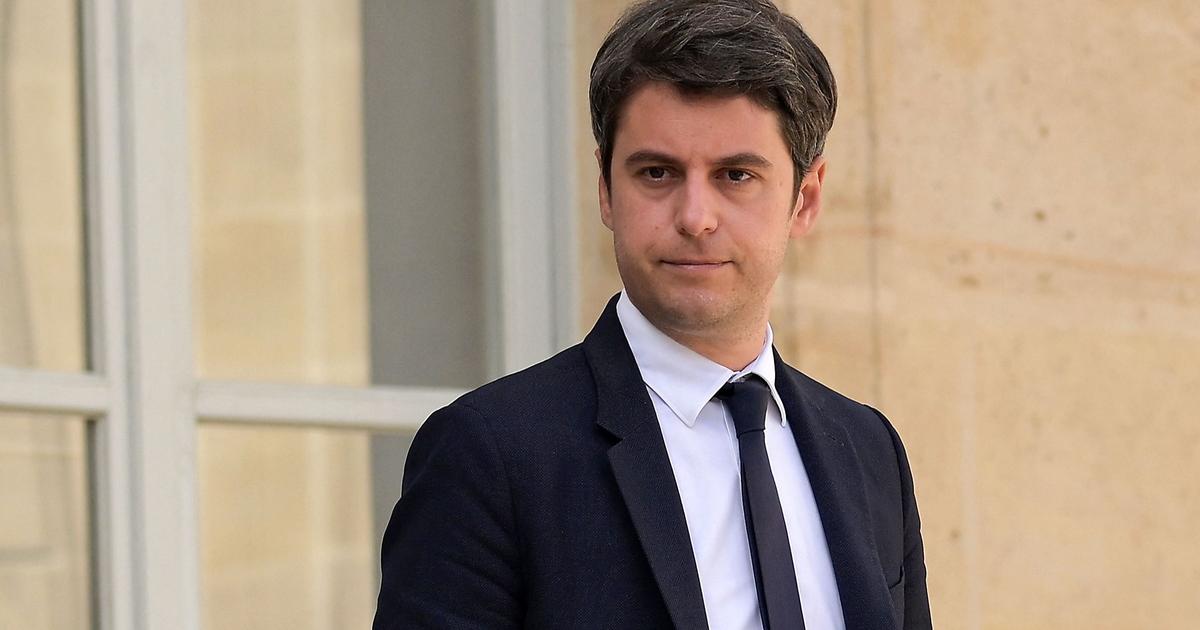Located at the junction of Lai Chi Kok Road and Tong Mei Road, Lui Sang Chun is one of the few tenement buildings that have been preserved since the 1930s. In 2012, it was revived by Hong Kong Baptist University into a Chinese Medicine Health Center. In addition to preserving its heritage and architectural features, it also provides services to the community. Diversified TCM medical services.
The Secretary for Development, Mr Wong Wai-lun, wrote a blog today (12th) to introduce the historical significance and architectural features of Lui Sang Chun, as well as how the revitalized Lui Sang Chun continues to serve the community.
The government announced earlier that Lui Sang Chun was declared a monument.
The building is located on a triangular plot of land at the junction of Lai Chi Kok Road and Tong Mei Road, with an arc-shaped design.
(Photo by Development Bureau)
In 1929, Mr. Lei Liang purchased a triangular site at the junction of Lai Chi Kok Road and Tong Wei Road, and invited architect WH Bourne to design and build Lei Sheng Chun. The building was built in 1931, and the ground floor was used as a pharmacy opened by Mr. Lei Liang. Named "Lei Shengchun", the upper floors are the residence of the Lei family.
Lei Shengchun was built in 1931 and owned by Mr. Lei Liang.
The ground floor was once used as a pharmacy opened by Mr. Lei Liang, and the upper floors were the residence of the Lei family.
(Photo by Development Bureau)
Declared as a monument in May this year
In 1944, Lei Liang passed away, and the pharmacy closed a few years later.
In 2003, the Lei family transferred the ownership to the government for conservation purposes.
In 2009, the Antiquities Advisory Committee designated Lui Shengchun as a first-class historical building, and in May of this year, Lui Shengchun was officially listed as a statutory monument.
Wong Wai Lun believes that Lui Sang Chun not only witnessed the early history of the Lei Liang family in Hong Kong, but also recorded the life and economic activities of the people in Sham Shui Po in the past, as well as the architectural style of Hong Kong at that time.
Xiao Lijuan, Executive Secretary of the Antiquities Office, described Lei Shengchun as full of human touch, rich in history and high artistic value, which made him never get tired of seeing him.
And Lei Liang runs many businesses. Back then, Lei's family produced and sold a type of bone-setting medicine wine in Lei Shengchun's underground.
The veranda before Lei Shengchun's revival (above).
After the activation, the veranda (pictured below) was specially enclosed with clear glass with the lowest reflective degree, so as to preserve the original appearance of the building as much as possible, and to keep out the wind and rain.
(Photo by Development Bureau)
Neoclassical architectural design
Huang Weilun described that Lui Shengchun's design is a combination of Chinese and Western styles. The front façade adopts a curved design, with a rectangular frame and characteristic railings, which is a symbol of neoclassicism. There are eight granite columns on the ground floor, which extend the veranda to the pedestrian path. , forming a veranda, the veranda above the veranda is wide, "the lower bunk and the upper living room", and the gray sculpture with the shop name "Lei Shengchun" engraved on the top of the building, etc., are all typical pre-war tenement designs in Hong Kong.
+2
In order to revitalize historic buildings, the government included Lui Sang Chun in the first phase of the “Revitalizing Historic Buildings Through Partnership Scheme” in 2008, and HKBU was successfully selected.
At the beginning of 2012, the revitalization project was completed. In April of the same year, the School of Chinese Medicine of Hong Kong Baptist University - Lui Sheng Chun Tang was put into service.
Fang Xueyuan, Director of the Property Office of HKBU, said that the project team put a lot of thought into the restoration and reinforcement works, following the principle of least intervention, retaining the original architectural features as much as possible, and only making appropriate modifications and additions to meet operational needs and meet operational requirements. Building and Fire Ordinance requirements.
In addition, it was a challenge to add air conditioning to the interior while allowing pedestrians to appreciate what was going on inside the building.
Other revitalization works also include the addition of steel stairs beside the veranda on the back and facade of the building for fire escapes, the addition of lifts and toilets for the disabled, and solar water heaters, fire tanks and air-conditioning systems hidden on the roof, etc.
The activation process retains many original appearances and components
As for the Lei Shengchun wooden plaque on the ground floor, shop windows with shutters, glass panels decorated with the Lei Shengchun trademark on the main entrance, terrazzo exterior walls, and large-scale grey sculptures on the top of the building, all of them were preserved during the revitalization process.
Professor Bian Zhaoxiang, Associate Vice-Chancellor (Development of Chinese Medicine) of HKBU, said that the revitalization project has enabled this landmark place to serve more citizens. The herbal tea shop currently located on the ground floor is a response to the characteristics of Lui Shengchun in the past.
He pointed out that the upstairs not only provides Chinese medicine outpatient service for students to practice, but also has an exhibition about Lui Shengchun. He said that HKBU hopes to continue to use this place of historical value to carry forward Chinese medicine, and to enable the public to get better health services.
Wong Wai-lun described the revitalization of Lui Seng Chun project by the public. He admitted that it is not easy to balance conservation and development in Hong Kong, where the land is extremely expensive. Therefore, he hopes to gather the wisdom of everyone to discuss how to properly select and revitalize Hong Kong's historical and cultural heritage.
The Advisory Council said it was reviewing the research report on No. 190 Nathan Road. There is no risk of immediate dismantling of the building. Treasure Seafood Boat | Concerned groups pointed out that moving to land is not advisable. Do your best to preserve the collective memory group Establish the Aberdeen Fishermen's Cultural Museum early next year Conserve the only one left in Hong Kong to hang a boat in 59 years Yuen Long Cinema demolished the gable and stepped design There is a section of the old neighborhood at the top, and only a chain cinema is left. Zeng Jiang passed away | Graduated from the Department of Architecture at UC Berkeley He has practiced for several years to speak for the Huangdu Cinema. Tai Po Road, Caldecott Road, New Kowloon Land Boundary Stone Unearthed Conservation Group: Iconic
01 Community

